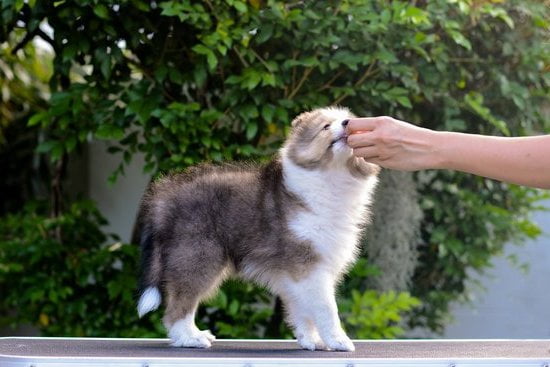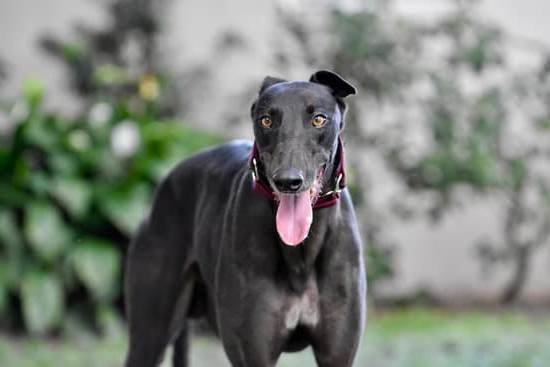It can be a challenge to train an older dog to sit, but with patience and positive reinforcement, it can be done. The first step is to get your dog to associate the word “sit” with the desired behavior. You can do this by saying “sit” as you give your dog a treat. Once your dog understands the command, you can start to ask him to sit before meals or during other important moments, such as when you put on his leash to go for a walk. If your dog doesn’t sit right away, don’t get frustrated – just keep repeating the command and rewarding him with treats when he does eventually sit. With time and patience, your dog will learn to sit on cue every time.
Crate Training Older Dog Housebreaking
your older dog can be a bit more difficult than housebreaking a younger dog, but it can be done. The key is to be consistent with your commands and rewards, and to take your time.
The first step is to choose a crate that is the right size for your dog. The crate should be big enough for your dog to stand up and turn around in, but not much bigger. If the crate is too big, your dog may use one end as a bathroom and the other end as a bed.
Once you have the crate, put your dog in it for short periods of time (15-20 minutes) and gradually increase the time. Make sure you give your dog plenty of positive reinforcement when he or she does not relieve themselves in the crate.
When you are not able to watch your dog, put him or her in the crate. This will help prevent accidents and potty training mishaps.
If your dog has an accident in the house, do not punish him or her. Clean it up and remind your dog what you expect from them. Then put your dog back in the crate for a short period of time.
Housebreaking an older dog can be a challenge, but it is definitely worth the effort. With patience and consistency, you will be able to successfully train your dog to use the bathroom outside.
Can I Crate Train My Older Dog
?
The short answer is yes, you can crate train your older dog. However, you will need to be a bit more patient and take into account the dog’s age and health.
One of the benefits of crate training is that it can help make house training a dog much easier. Dogs naturally do not want to soil their sleeping area, so by using a crate you can help your dog to understand where it is acceptable to go to the bathroom.
Crate training can also be helpful for dogs that have a habit of chewing on things they shouldn’t. When you put your dog in its crate, it will be confined to a small space where it cannot get into trouble.
The key to successful crate training is to make sure that your dog feels comfortable in its crate. Start by putting the crate in a quiet, comfortable spot in your home. Make sure that the crate is big enough for your dog to stand up and turn around in.
Put a soft blanket or towel in the crate and give your dog a few treats to help it feel comfortable. Once your dog is comfortable in the crate, you can start to use it as a place to put your dog when you are not able to watch it.
If your dog is having trouble adjusting to the crate, start by leaving the door open and gradually increasing the amount of time your dog spends in the crate. Never use the crate as a place to punish your dog.
How Do You Crate Train An Older Dog
?
Crate training an older dog can be a bit more challenging than training a younger dog, but it’s definitely doable.
The first step is to introduce your dog to the crate. You can do this by putting a blanket or some other soft item in the crate and then putting your dog inside it. Give your dog a treat and tell him/her what a good dog he/she is. Do this for a few minutes each day until your dog is comfortable going into the crate.
Once your dog is comfortable going into the crate, you can start training him/her to stay in the crate. To do this, put your dog in the crate and give him/her a treat. Then close the door and leave the room for a minute or two. Come back in and give your dog another treat. Repeat this process until your dog is comfortable staying in the crate for longer periods of time.
The final step is to train your dog to go into the crate on cue. To do this, say “crate” and put your dog in the crate. Give him/her a treat and close the door. Once your dog is comfortable going into the crate on cue, you can start using the crate for training and potty breaks.
Dog Training For Older Dogs
As our furry friends age, their needs change just as ours do. Training an older dog may present different challenges than training a young pup, but it can still be a fun and rewarding experience for both dog and owner. Here are a few tips to help you get started.
First, it’s important to understand that an older dog may not have the same energy level as a younger dog, so you’ll need to adjust your training routine accordingly. Start out with shorter sessions and take frequent breaks, especially if your dog is panting or seems tired.
Also, keep in mind that an older dog may not be as agile or able to learn new commands as quickly as a younger dog. So be patient, and repeat commands slowly and clearly.
One of the most important things to remember when training an older dog is that it’s never too late to start. Even if your dog is a little bit older, you can still teach them new things and help them stay active and engaged.
The key is to be consistent and patient, and to keep training sessions short and fun. With a little bit of time and effort, you and your older dog can enjoy a rewarding training experience that will keep both of you healthy and happy.

Welcome to the blog! I am a professional dog trainer and have been working with dogs for many years. In this blog, I will be discussing various topics related to dog training, including tips, tricks, and advice. I hope you find this information helpful and informative. Thanks for reading!





